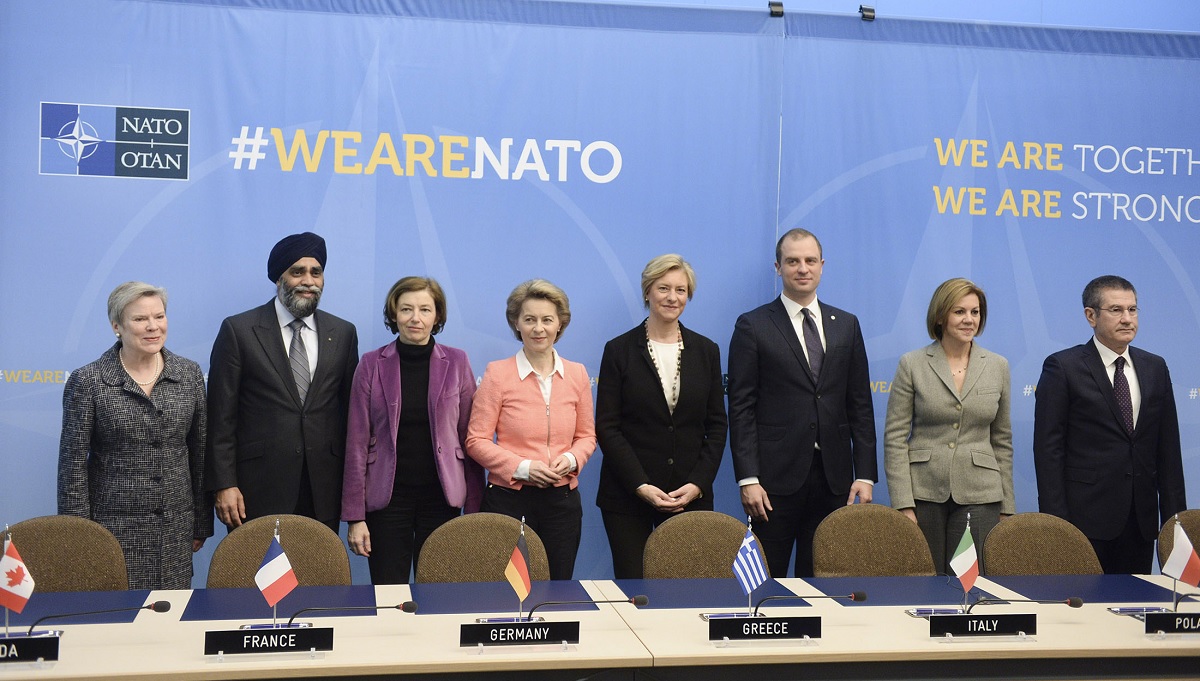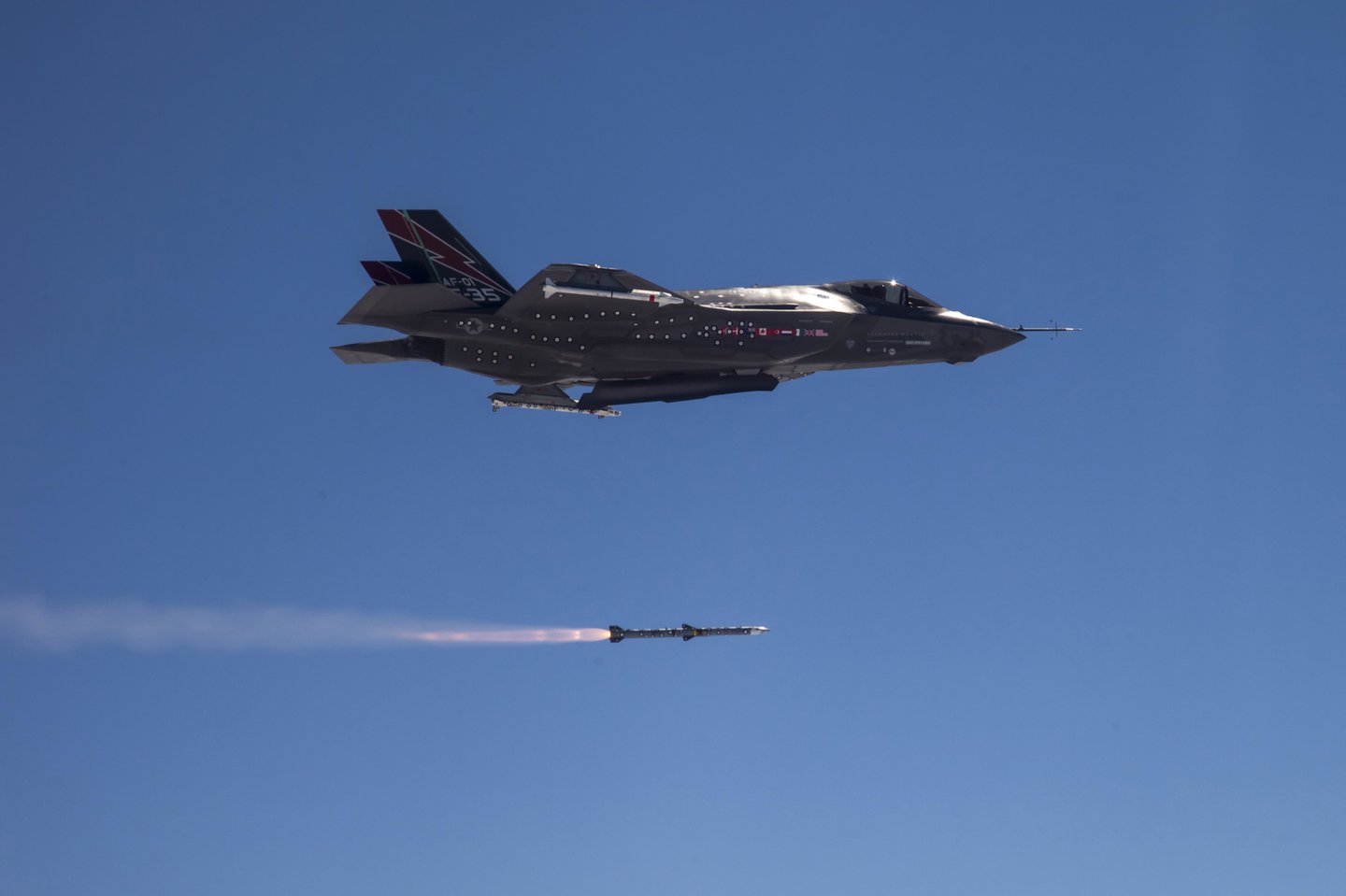In the run up to Scotland’s independence referendum of 2014, it was made quite clear that UK warships were only ever to be made in the UK, and should the Scots choose to cede from the Union, despite 300 years of joint history, the Royal Navy cheque book would henceforth remain firmly closed to the yards of Govan and Rosyth.
It made for a powerful argument then, but, four years on, there are signs that the pendulum is beginning to swing. In mid-February, Canada and Poland became the latest members to sign up to one of a growing tally of big-ticket, multi-national development and procurement projects that seem to be challenging traditional assumptions.
Better, faster, cheaper: Embracing ‘smart’ manufacturing
Over recent years, shipbuilders have been steadily moving away from their legacy production methods and increasingly outdated, and often out-of-sync, yards, to embrace ‘smart’ manufacturing approaches and bring streamlined, data-rich efficiency to the design and build process.
Now, with naval budgets under pressure and defence spending in general subject to unprecedented scrutiny, those moves have gained even more traction as the demand to build warships better, faster and cheaper has become the mantra of the day.
The next generation, digitised and date-driven shipyard not only promises cheaper and more efficient design and construction, but should also drive down the cost of ownership too. The key is creating a digital thread, a synchronised body of information that encompasses the entire supply chain, and builds into what has been called a ‘single version of the truth’ that governs everything from conception, design and construction, to upgrades and modifications throughout the vessel’s in-service life.
A new generation of aircraft from multinational ventures
Canada and Poland are joining France, Germany, Greece, Italy, Spain and Turkey in a co-operative effort to develop next-generation maritime multi-mission aircraft, in the hope that adopting common solutions to replacing their ageing fleets will yield better value for money and operational benefits too. Discussions to investigate and define common requirements and capabilities are nothing new, but it is clear that this project is intended to go much further. As NATO Deputy Secretary General Rose Gottemoeller said during the signing ceremony, “the goal here isn’t just a drawing board design – we need a new generation of aircraft, in the air, fulfilling what is an increasingly important mission”.
With many nations’ land, sea and air fleets often reaching the end of their service lives on broadly similar timeframes, and the added ever-present potential for game-changer technology to force an instant rethink, are multinational ventures going to be the way forward for mega military projects?
“We need a new generation of aircraft, in the air, fulfilling what is an increasingly important mission”.
In many respects, it would represent the logical extension of the wider trend towards enhanced collaboration that has already become increasingly common in defence, between the branches of individual national armed forces, in bi- and tri-national partnerships, and in genuinely multi-national endeavours. From the UK’s development of a joint Army/Navy Common Anti-Air Modular Missile, through cooperative Anglo-French missile programmes and the US/UK/Norwegian tri-national Poseidon partnership, right the way to February’s now eight-strong international effort, the drivers are essentially the same. Development costs are high, budgets are tight, and security concerns are growing; doing more with less has become the new reality for the sector.
Echoes of the same trends have also been reflected more widely. Joint exercises and international coalitions are nothing new, but recently the level of integration has been deepened even further with the likes of base-sharing arrangements and the merging of army units and naval assets between nations, most notably Germany and the Netherlands. In effect, the case for multinational ventures closely parallels the thinking behind the USA’s so-called ‘Last Supper’ meeting that sparked the mass consolidation of America’s defence industry – and it could herald a similar step-change reduction in excessive competition and capacity duplication.

Signing the agreement; NATO Deputy Secretary General Rose Gottemoeller and representatives of Canada, France, Germany, Italy, Poland, Spain and Turkey.
Image: NATO
Competing into the ground: the urgent need for European co-operation
Nowhere is this likely to be of benefit more than in Europe, where the defence sector is massively unconsolidated and still remains very largely organised along strictly national lines. In his security policy brief of last October, Dr. Sven Biscop, Honorary Fellow of the European Security and Defence and director of Egmont’s Europe in the World, sees addressing this as an essential step. There is, he writes, “the urgent need for Europeans to start designing, building and procuring all future major equipment together, instead of competing each other into the ground.”
"There is, he writes, “the urgent need for Europeans to start designing, building and procuring all future major equipment together”
One obvious advantage of such an approach lies in the easy interoperability that results. Operating the same platforms and systems opens up the opportunity for the vehicle, aircraft or ship from one allied nation to make use of the maintenance and service facilities of any other, regardless of whose flag is stencilled on its side.
Although this can prove valuable routinely, the real premium comes with combat missions, allowing platforms to be operated much more cost effectively and enabling even the smallest nation, freed of the disproportionate burden of fielding its own support units, to make a significant contribution. While this clearly already exists with products bought on the open market from established US or European defence primes, a truly multi-national joint design promises to make the process simpler, more comprehensive, and potentially less fraught with concerns of proprietary knowledge or technology transfer.
The friend and foe benefits of trans-border projects
In addition, multi-national projects can also help to cement alliances. After all, you need to be pretty sure who your friends are, if you are about to jointly design your next big-ticket defence programme with them, and effectively reveal all your fears, hopes and needs for future national security. Moreover, little binds nations more tightly than mutual economic interests, and with trans-border projects comes trans-border contracts and manufacturing. Admittedly, they can also add their own frisson of tension to the partnership’s dynamic, particularly if one side seems to getting more than their share, but handled sensitively and fairly, an ‘everybody wins’ outcome is achievable, as the success of Airbus shows.
If multi-national projects are to be the future of military mega projects, then security assumes unparalleled importance
However, there is an argument that such a ‘one for all, and all for one’ approach could actually risk making things considerably easier for potential foes. Learn the wrinkles, capabilities and weaknesses of the single system, the thinking goes, and you have the wherewithal to degrade the capacity of all the individual participating nations. If multi-national projects are to be the future of military mega projects, then security assumes unparalleled importance, and ensuring critical data remains uncompromised becomes, quite literally, vital. It can, of course, be done, but the long history of sensitive leaks from various highly-classified defence programmes – including the multi-partner F-35 Lightning II – suggests that it may call for something of a cultural shift in the way these things are approached.

The F-35 II Lightning – the flags on the fuselage reflect the multi-national nature of the project. Image: US Air Force
The high-tech/high-cost arena: Forming multi-national, multi-partner collaborations
There is an old saying that a camel is a horse designed by a committee, and there is always the inherent risk with this kind of project that you end up with a system that fills one partner’s specification perfectly and no one else’s or, almost worse, meets everyone’s needs equally badly. Never-the-less, particularly for smaller nations, multi-national co-operation remains arguably the single most effective route to maintaining significant combat capacity, particularly in the high-tech/high-cost arena. Arriving at the thoroughbred racehorse and not a dromedary may necessitate some serious straight-talking at the round-table discussions, but ultimately, if an emphasis on multi-national co-operation is to form any sort of basis for the major military projects of the future, all the participants need to get the best outcome possible.
“In this new wave of technology, you can’t do it all yourself, you have to form alliances.”
Multi-national, multi-partner collaborations undoubtedly have the potential to deliver cost-effective defence programmes, and one day could even perhaps be the only way to achieve it, given the ever-expanding range of technologies employed by modern militaries and the giddying pace of their development. As Mexican entrepreneur and Forbes business magazine’s one-time richest person in the world, Carlos Slim Helu, said, “in this new wave of technology, you can’t do it all yourself, you have to form alliances.”